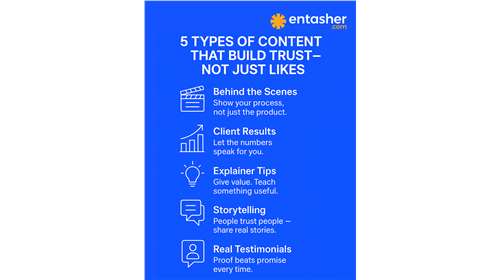
Biggest Email Mistakes to Avoid ✽

The average professional receives 120 messages/day in their inbox. This means that standing out through the clutter of messages is even harder in 2019. So what are the biggest turn-offs to a prospect reading your email? We compiled a list of the biggest email mistakes below.
Don’t let a simple email mistake cost you a lead. A good first impression needs to be made or you will lose your chance this time around and possibly on future attempts. Don’t diminish your credibility and professionalism. Catch these mistakes before pressing send.
Here are our top email mistakes to avoid:
Sending lengthy or non-formatted messages
Make sure that you format your email into a well-crafted and organized message. If your message contains a lot of information, try using bullet points or numbers to separate each idea.
Here’s a template for doing so:
Hi {First Name!},
I know you’re busy so I wanted to reach back out about my earlier request — have you had a chance to review the {!What you sent over} that I sent over {!When you sent it}?
{!1 sentence summarizing what you have is new, comprehensive, or groundbreaking}
- {!Finding 1}
- {!Finding 2}
- {!Finding 3}
And more… Reattaching the {!Report or other sources of further info}.
Thank you for your time and looking forward to your feedback,
This template is more pleasing to the eye than a cluttered message filled with paragraphs of information. Always make sure your message is formatted in a clean and concise way. If you make it easier for your prospect to find the main points of the message before clicking away, they’re likely to stay on your message longer.
Sending your email at the wrong time
Try not to send emails outside of business hours. It can translate the wrong message – i.e. you’re unorganized or lack time management skills.
If you remember to send an email during off-hours, schedule your email to send during business hours the next day. This will ensure appropriate viewing and response time.
Several studies conclude that the best time to send emails is at 10 am and the best days to send emails are Tuesday and Thursday, followed by Wednesday.
Lastly, don’t get thrown by time zones. Make sure you take that into consideration before clicking send.
Using non-personable and generic subject lines
Your subject line is your recipients first look at your email and a big indicator of whether they open it or not. Studies show that 33% of email recipients open emails based on the subject line alone.
Here are some tips for doing so:
Avoid using the subject line “trying to connect.” This doesn’t give your recipient any indication of the value or importance of the message you are trying to connect about. Just because you are interested in connecting, doesn’t mean they are.
Avoid using “can you chat?” as your subject line, this will result in your message getting lost in the hundreds of emails that consist of the same generic non-personable messages. Try using phrases such as “check in” instead.
Not implementing email shortcuts
Don’t waste your time. According to studies, the average professional spends 28% of the workday reading and answering emails.
Make sure you know all of the hidden Gmail features so you don’t waste time searching through your inbox. This includes features that will save you time such as:
- Preview Pane
- Search Operators
- Reminders
- Colored Stars and Icons
Also, don’t miss out on using features such as campaigns and templates that will save you a significant amount of time in your day-to-day sales activities.
Forgetting to do your research
Always do your research, LinkedIn is key to understanding your prospects. If the person you’re emailing prefers to go by a certain name, make sure you call them by that name.
Don’t overlook LinkedIn, it contains tons of information that will benefit how you craft and personalize your message. Research your prospects and ensure that you’re pitching them benefits that they can relate to and will matter to their business.
Key tip: always fact check. If you think you know about a company, always double-check before clicking send.
Not following up
Always follow up with your prospect. If you don’t get a response, follow up with another well-crafted email. Yesware found that there’s a 25% chance you will eventually hear back from your recipient over subsequent follow-ups.
Persistence is key and demonstrates your self-confidence. If they’re not responding, try something new, such as a case study:
Hi {!FirstName},
I know we’re still in a holding pattern, but I wanted to send over a customer case study that speaks to how {!Customer Name} leveraged {!product you offer} to {!accomplishment}.
What sort of timelines do you think we’re looking at to pick this back up?
Thanks!


